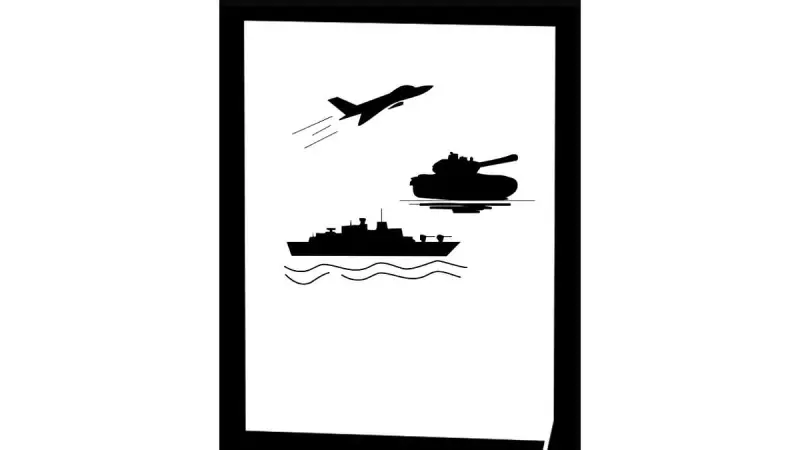
India stands at the precipice of one of its most significant military transformations since independence—the creation of integrated theatre commands. While the 'how' and 'what' of this restructuring dominate discussions, a crucial question remains largely unaddressed: Why are we doing this, and what specific strategic goals will it achieve?
The Grand Vision vs. The Missing 'Why'
The current debate revolves around models and structures. Should India adopt two, three, or even five theatre commands? How will assets be distributed? While these are important operational details, they overshadow the fundamental strategic purpose. The driving force appears to be the creation of a modern military structure, mirroring global powers like the US and China, rather than a clear-eyed assessment of India's unique security challenges.
This structural focus risks creating a solution in search of a problem. Without a clearly defined strategic objective, theaterisation could become an expensive bureaucratic reshuffle rather than a genuine force multiplier.
Beyond Jointness: The Real Integration Challenge
True integration goes far beyond placing army, navy, and air force units under a single commander. The deeper challenge lies in overcoming decades of entrenched:
- Service-specific cultures and doctrines
- Budgetary competition and turf wars
- Differing equipment and communication systems
- Separate promotion and career paths
Previous attempts at integration, like the Andaman and Nicobar Command, reveal how difficult true jointness can be to achieve in practice.
Strategic Clarity: The Missing Foundation
For theaterisation to succeed, India must first answer several critical strategic questions:
- What are our primary and secondary military threats? Is the focus China, Pakistan, or maritime security in the Indian Ocean?
- What type of wars are we preparing to fight? High-intensity conflicts, limited border wars, or hybrid warfare scenarios?
- How does theaterisation support our broader foreign policy objectives?
Without these answers, we risk building a military structure that looks impressive on paper but may not effectively address our actual security needs.
The Way Forward: Strategy Before Structure
Before finalizing theater command boundaries and hierarchies, India needs:
- A comprehensive national security strategy document
- Clear theater-specific operational directives
- Robust mechanisms for inter-service cooperation at all levels
- Realistic timelines that allow for proper implementation
The success of India's military theaterisation will ultimately be measured not by how quickly it's implemented, but by how effectively it enhances our national security in the face of evolving threats. The conversation must shift from structural diagrams to strategic outcomes.





